Japan uses cutting-edge technology with the world's first holography to create a 3D rotating effect in its first change to its currency design in 20 years.
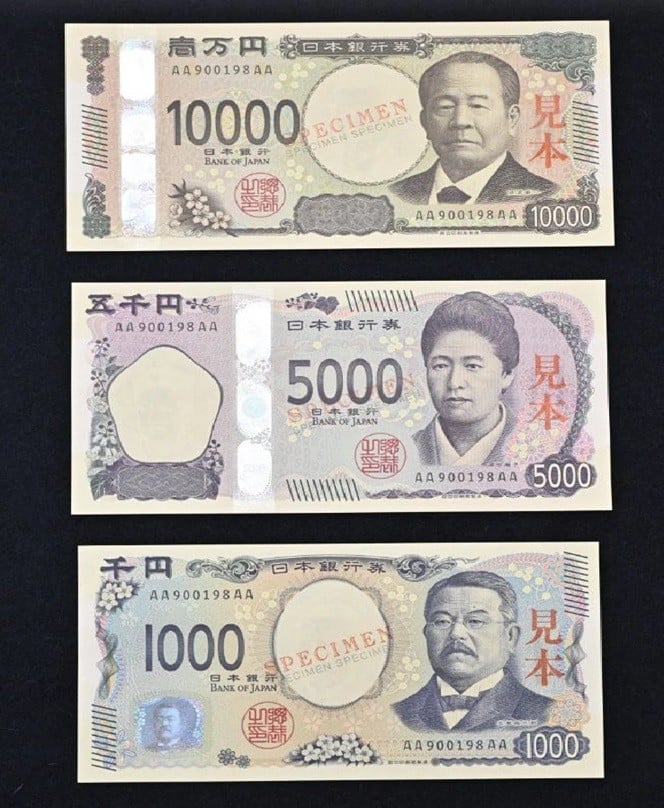 |
| New 10,000 yen, 5,000 yen and 1,000 yen notes. (Source: Kyodo) |
Japan will begin issuing new banknotes on July 3, featuring the world’s first holographic technology to create a 3D rotating effect on portraits of historical figures, as part of the East Asian country’s efforts to combat counterfeiting.
In the first design change in 20 years, the 10,000 yen, 5,000 yen and 1,000 yen notes will have their denominations printed larger than current versions, making them easily identifiable to everyone regardless of age or nationality.
Additionally, tactile markings will allow visually impaired people to recognize the bills they are holding.
Eiichi Shibusawa (1840-1931), known as the "father of Japanese capitalism" for founding about 500 companies, will appear on the 10,000 yen note, with the red brick Tokyo Station building on the back.
Meanwhile, the 5,000 yen note will feature a portrait of educator Umeko Tsuda (1864-1929), who worked to improve the status of women in society. Wisteria flowers, beloved in Japan since ancient times, will appear on the back.
The 1,000 yen note will feature a portrait of microbiologist Shibasaburo Kitasato (1853-1931), known as the "father of modern Japanese medicine" for his contributions to the treatment of tetanus.
On the back is "The Great Wave off Kanagawa" a work by ukiyo-e artist Katsushika Hokusai depicting great waves and Mount Fuji.
According to the Japanese government, nearly 7.5 billion new notes will be printed by the end of March next year. Existing notes will remain legal tender after the new notes are issued.
In Japan, there were 18.54 billion banknotes in circulation as of the end of 2023. If lined up horizontally, the number would be about eight times the distance between the Earth and the Moon, according to data from the Bank of Japan (BoJ).
The new notes come as cash-loving Japan moves to promote cashless payments.
The value of cashless transactions is growing in the country, but is still short of the government's target of around 40% by 2023.
According to data from industry groups, in 2021, cashless transactions accounted for more than half of all transactions in the UK, Canada and the US as well as China, Singapore and South Korea.
Source: https://baoquocte.vn/nhat-ban-thay-doi-thiet-ke-tien-sau-20-nam-su-dung-cong-nghe-hien-dai-dau-tien-tren-the-gioi-276956.html











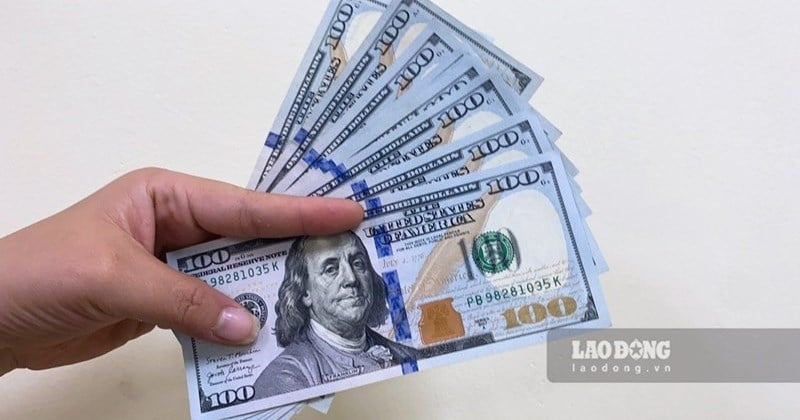

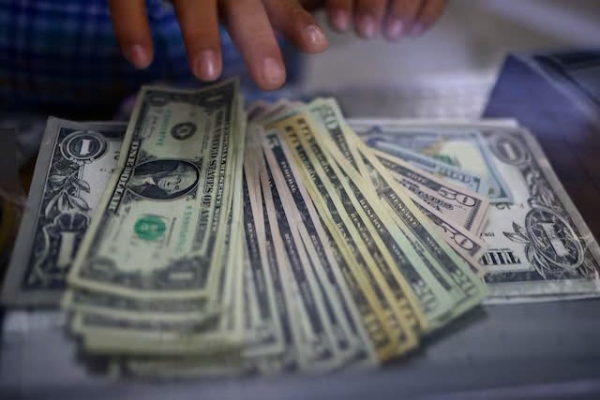

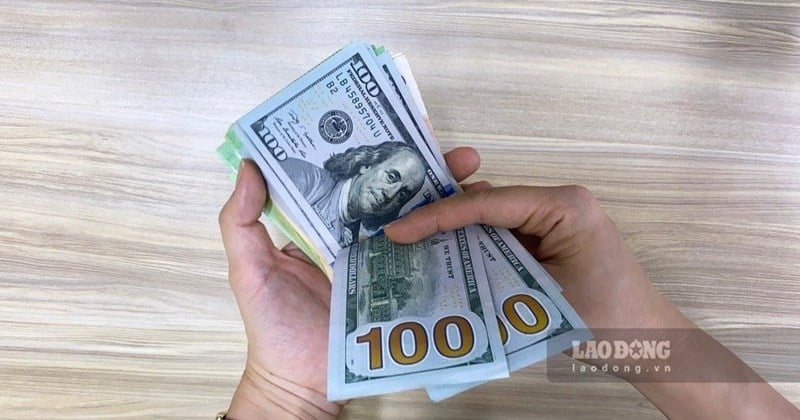
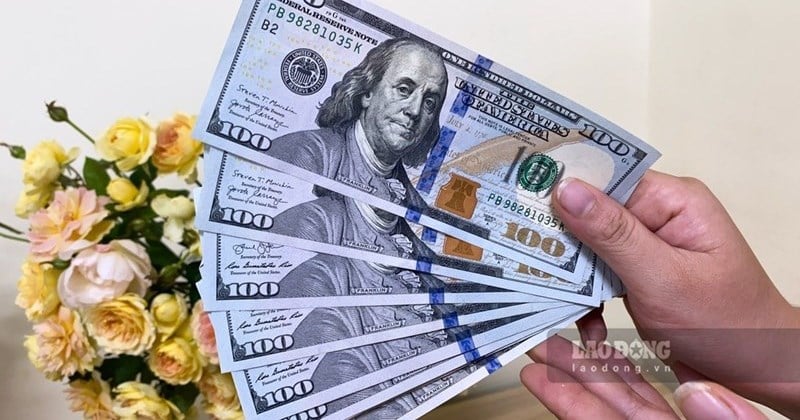


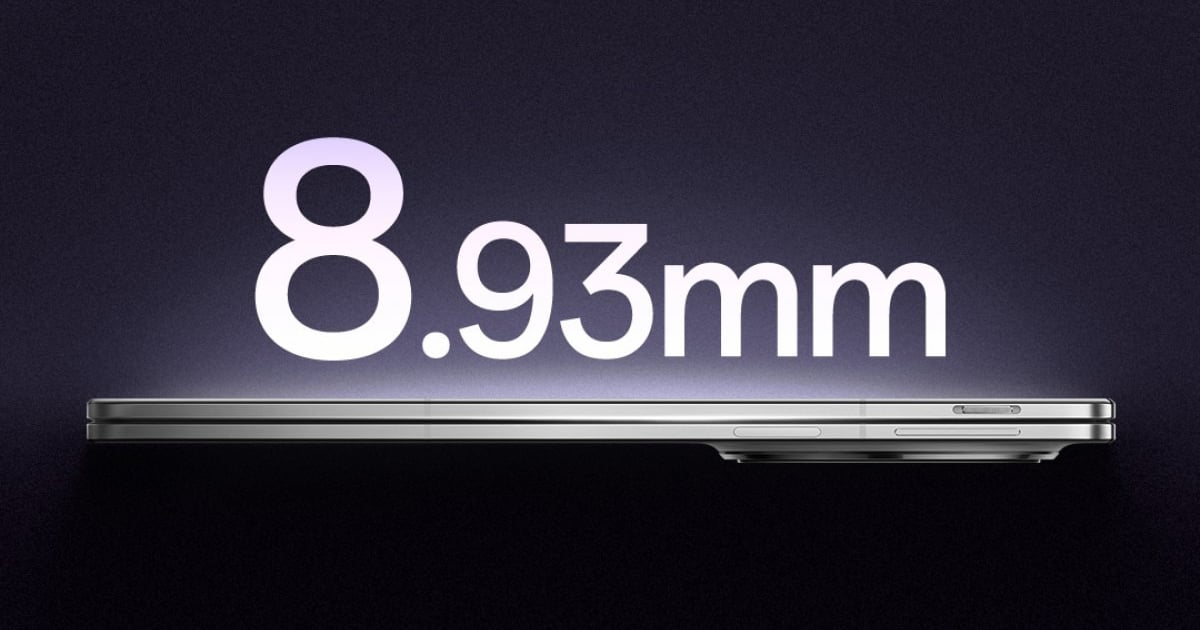



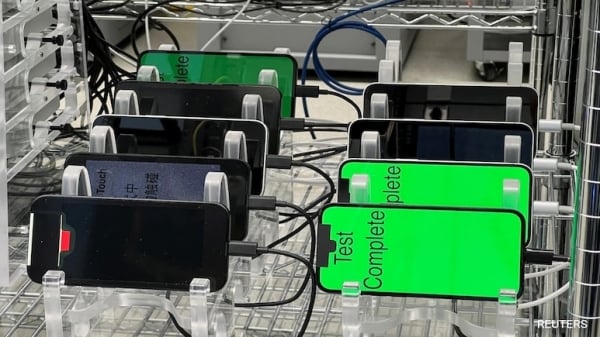
















![[Photo] Prime Minister Pham Minh Chinh chairs Government Conference with localities on economic growth](https://vstatic.vietnam.vn/vietnam/resource/IMAGE/2025/2/21/f34583484f2643a2a2b72168a0d64baa)


























































Comment (0)